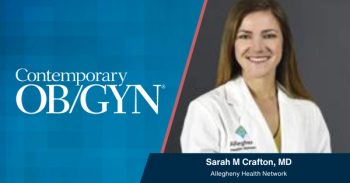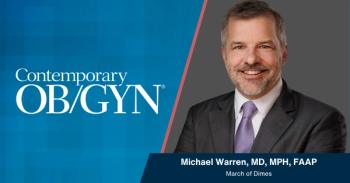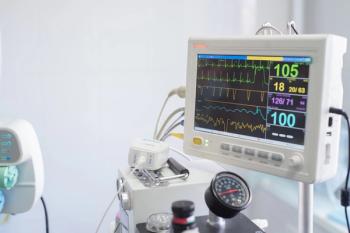
Labetalol shows advantage over methyldopa and nifedipine in hypertensive pregnancies
A review found labetalol demonstrates modest benefits in reducing preeclampsia and preterm birth in hypertensive pregnancies.
A new meta-analysis in the American Journal of Obstetrics & Gynecology suggests labetalol may modestly reduce preeclampsia and preterm birth risks compared with methyldopa or nifedipine, though all 3 oral antihypertensives remain broadly safe and effective.1
Hypertensive disorders of pregnancy (HDP), including chronic hypertension, gestational hypertension, and preeclampsia, affect approximately 10% of pregnancies and increase the risk of adverse maternal and neonatal outcomes. Oral antihypertensives such as methyldopa, labetalol, and nifedipine are commonly used, but head-to-head comparisons remain limited.
"Consequently, it is relevant to reanalyze existing data on the effects of oral antihypertensive agents in pregnancy on mother and child," wrote investigators.
Comparing oral agents
The systematic review and network meta-analysis was conducted to compare the impacts of nifedipine, labetalol, and methyldopa on maternal and neonatal outcomes in pregnancies impacted by HDP. Randomized trials comparing these oral agents were included in the analysis.
Trials were eligible if they reported maternal or neonatal outcomes such as severe hypertension, preeclampsia, eclampsia, maternal mortality, preterm birth, birthweight, small-for-gestational-age infants, Apgar scores, or neonatal death. Data were pooled using a random-effects network meta-analysis to capture direct and indirect comparisons.
Study durations ranged from early pregnancy until delivery, with participants receiving 1 of the 3 study antihypertensive agents. Risk of bias was evaluated using Cochrane criteria, with most studies classified as low to moderate quality.
Key maternal and neonatal findings
The analysis included 26 trials with 4439 participants, with treatment starting between 11 and 35 weeks' gestation. Overall, oral antihypertensives were well tolerated, and maternal blood pressure was effectively controlled across all agents.
- Both labetalol and methyldopa reduced the risk of severe hypertension vs placebo, with relative risks (RR) of 0.20 and 0.44, respectively.
- Labetalol had an RR of developing preeclampsia of 0.50, highlighting a 50% reduction in risk compared with nifedipine.
- Rates of eclampsia and maternal mortality were low and comparable across treatments.
- The rates of birthweight, low birthweight, and small-for-gestational-age infants were similar among all agents.
- Labetalol was associated with a modest reduction in the rate of preterm birth before 37 weeks compared with nifedipine, with an RR of 0.68.
- Severe prematurity, low Apgar scores, and neonatal mortality were comparable.
These results indicated that while labetalol may offer a small benefit in certain maternal and neonatal outcomes, methyldopa and nifedipine remain safe and effective alternatives. Investigators recommended that patients receive tailored therapy based on patient-specific factors such as comorbidities, drug tolerance, and clinical context.
"Future research should focus on analyzing retrospective real-life hospital data to further investigate the preferences among methyldopa, labetalol, and nifedipine in relation to maternal and fetal/neonatal morbidity and mortality in treating HDP," wrote investigators.
Preeclampsia treatment concerns
The importance of improved preeclampsia management is highlighted by the limitations of current guidelines, as discussed by Thomas McElrath, MD, PhD, vice president of clinical development at Mirvie, in an interview with Contemporary OB/GYN.2 A study conducted by McElrath identified a moderate or high-risk criteria for preeclampsia in 89% of pregnant patients.
"Our concern is that if 89% of the population is at risk, it's going to be very hard to be personalized and individual about the approach to prophylaxis," said McElrath.
References
- Hup RJ, Damen JAA, Terstappen J, et al. Oral antihypertensive treatment during pregnancy: a systematic review and network meta-analysis. Am J Obstet Gynecol. 2025;233(4):250-262. doi:10.1016/j.ajog.2025.04.011
- McElrath T. Thomas McElrath, MD, PhD, highlights limitations of current preeclampsia guidelines. Contemporary OB/GYN. July 17, 2025. Accessed October 2, 2025. https://www.contemporaryobgyn.net/view/thomas-mcelrath-md-phd-highlights-limitations-of-current-preeclampsia-guidelines
Newsletter
Get the latest clinical updates, case studies, and expert commentary in obstetric and gynecologic care. Sign up now to stay informed.
















